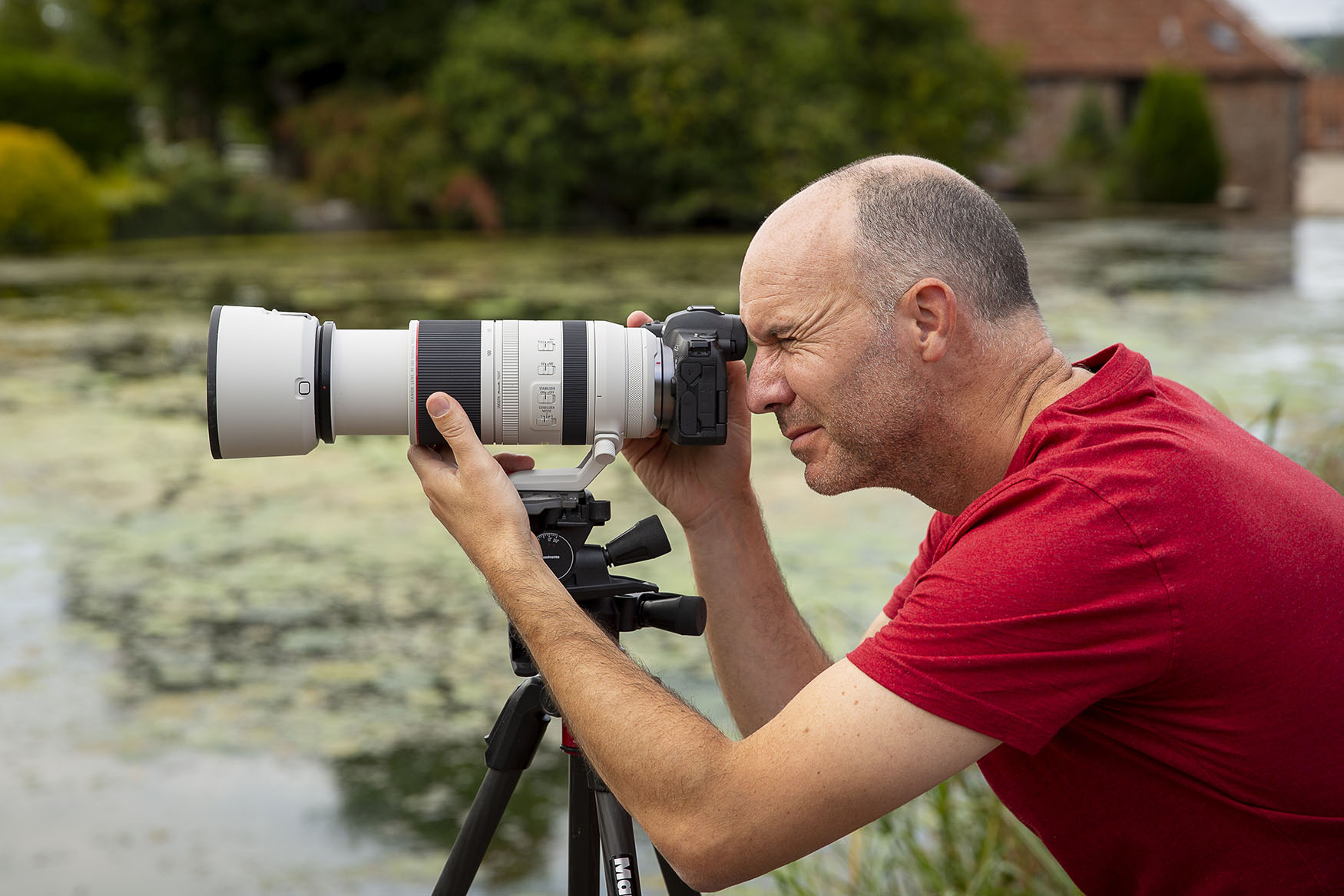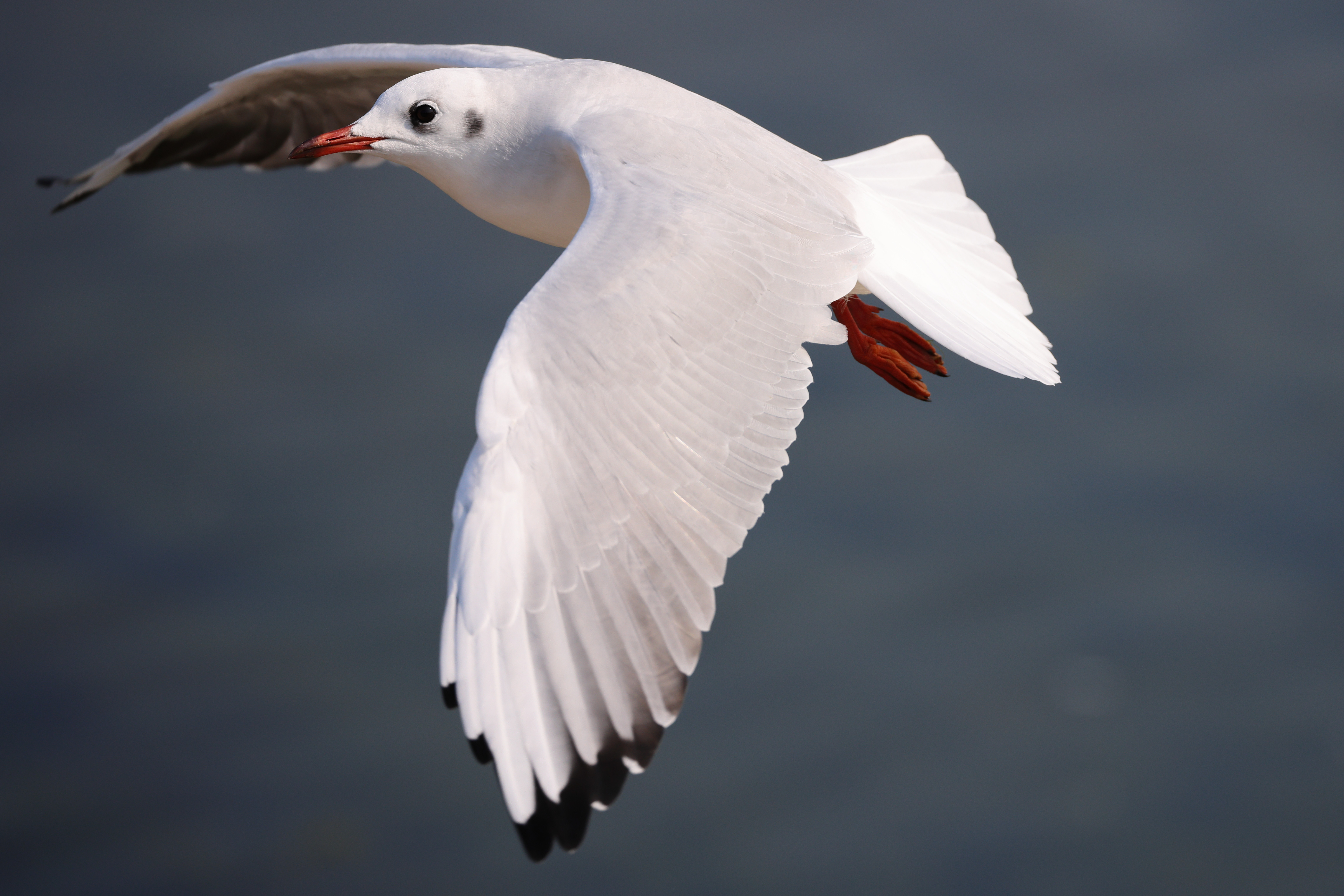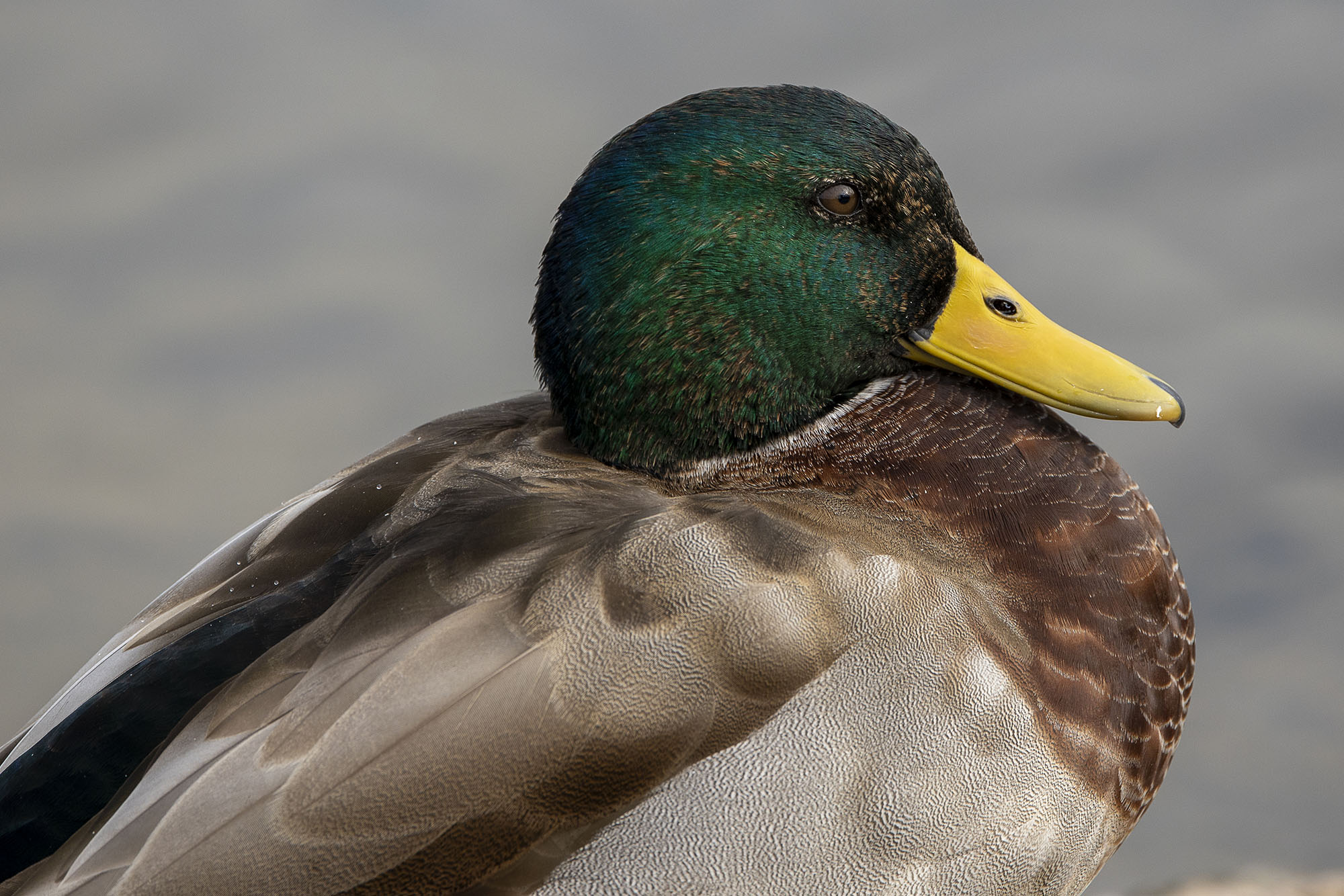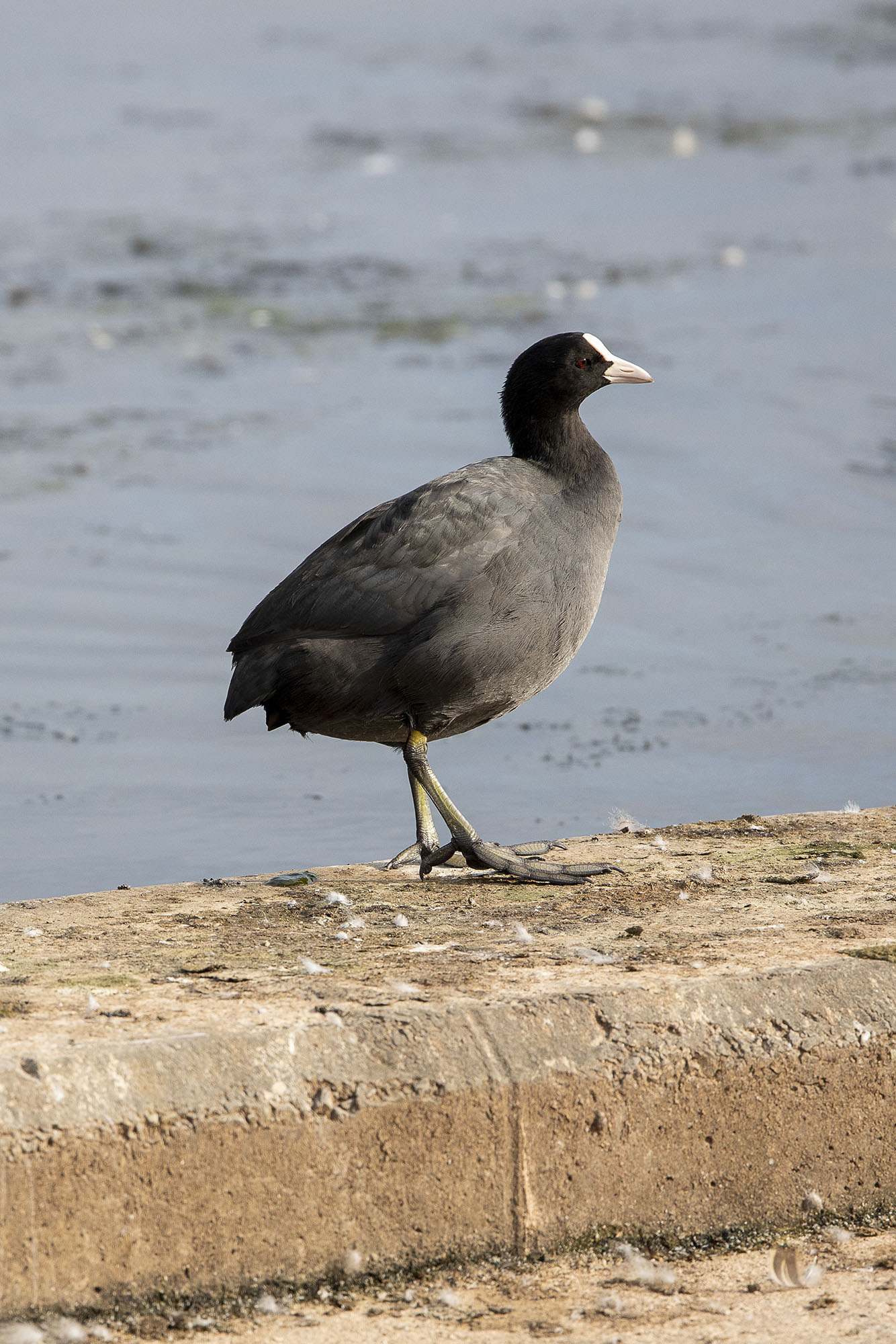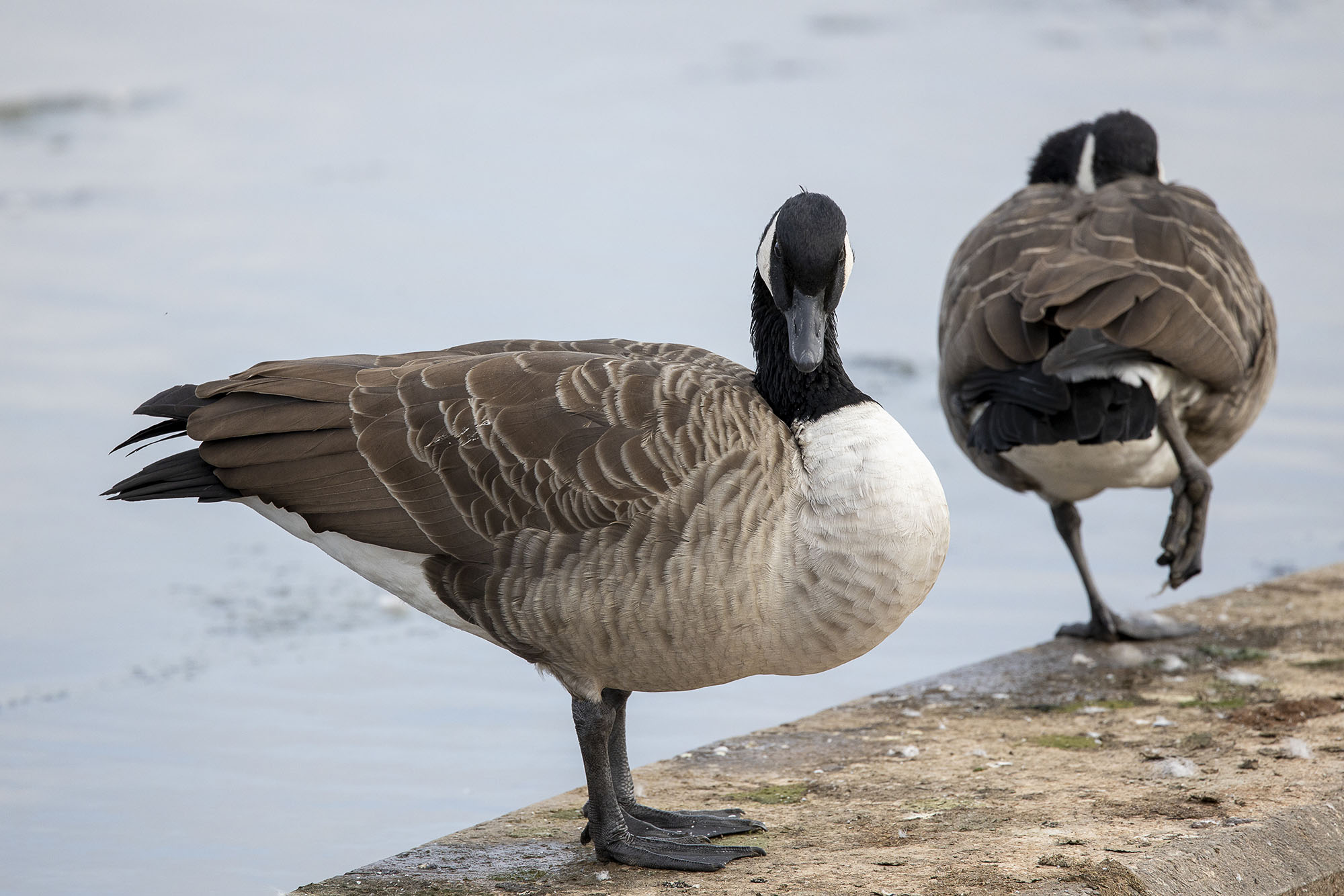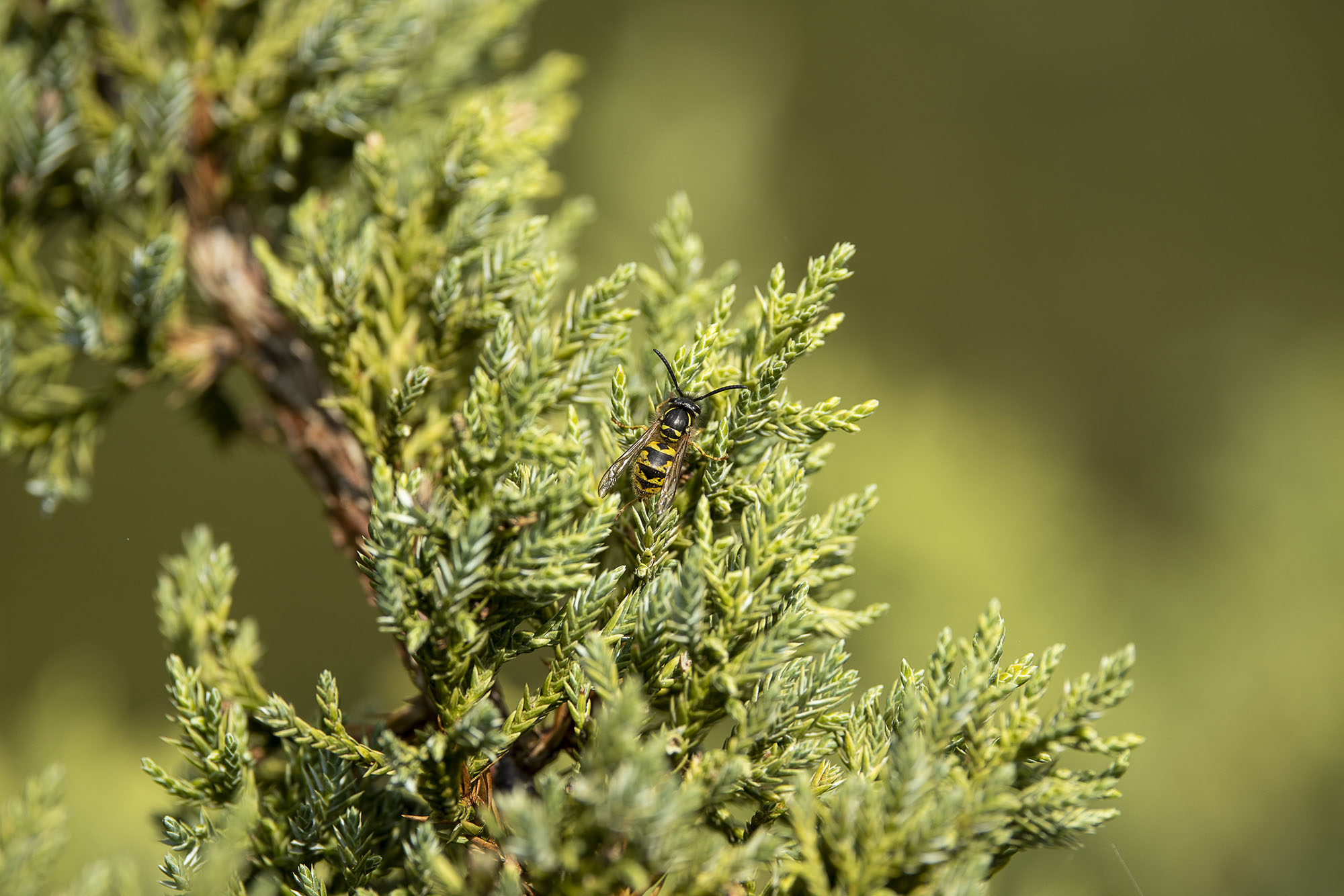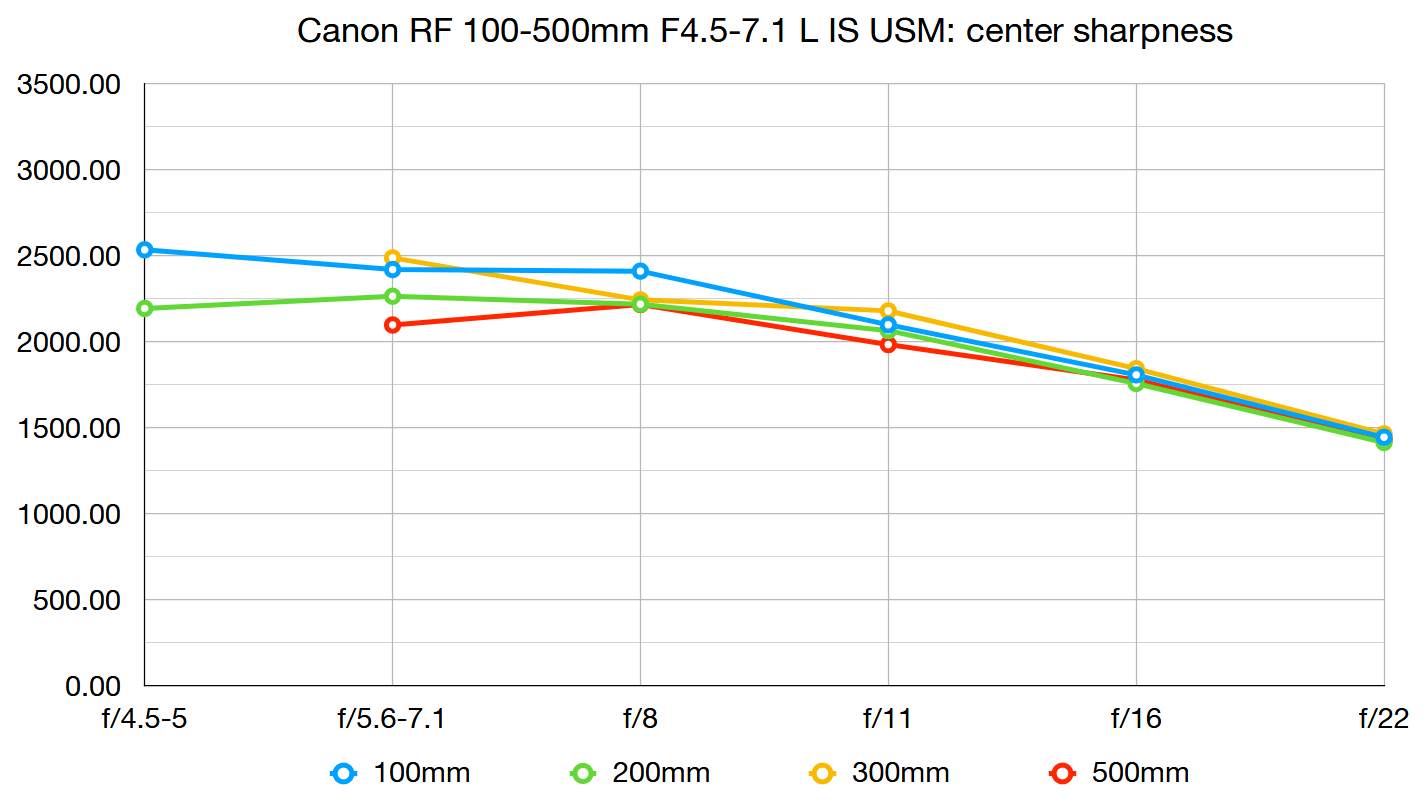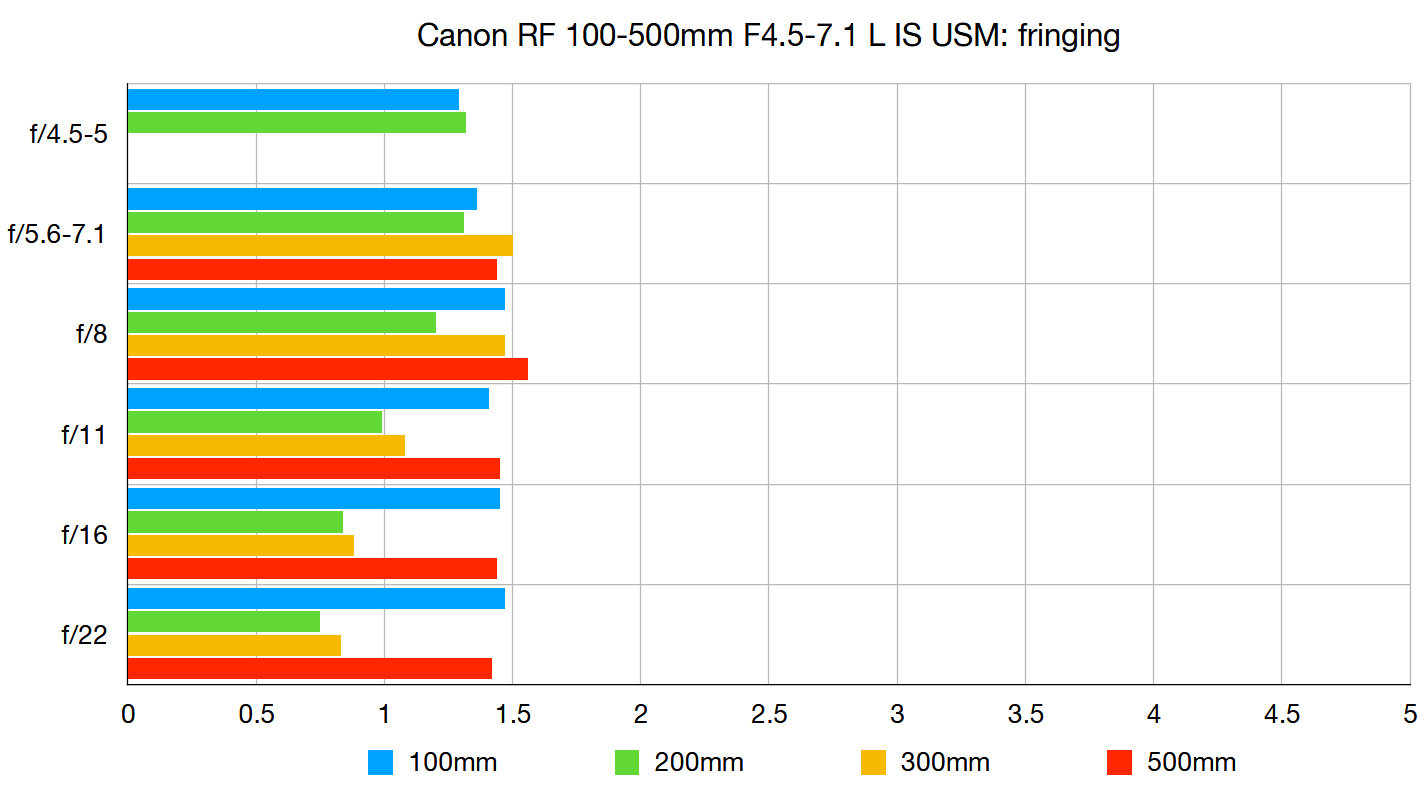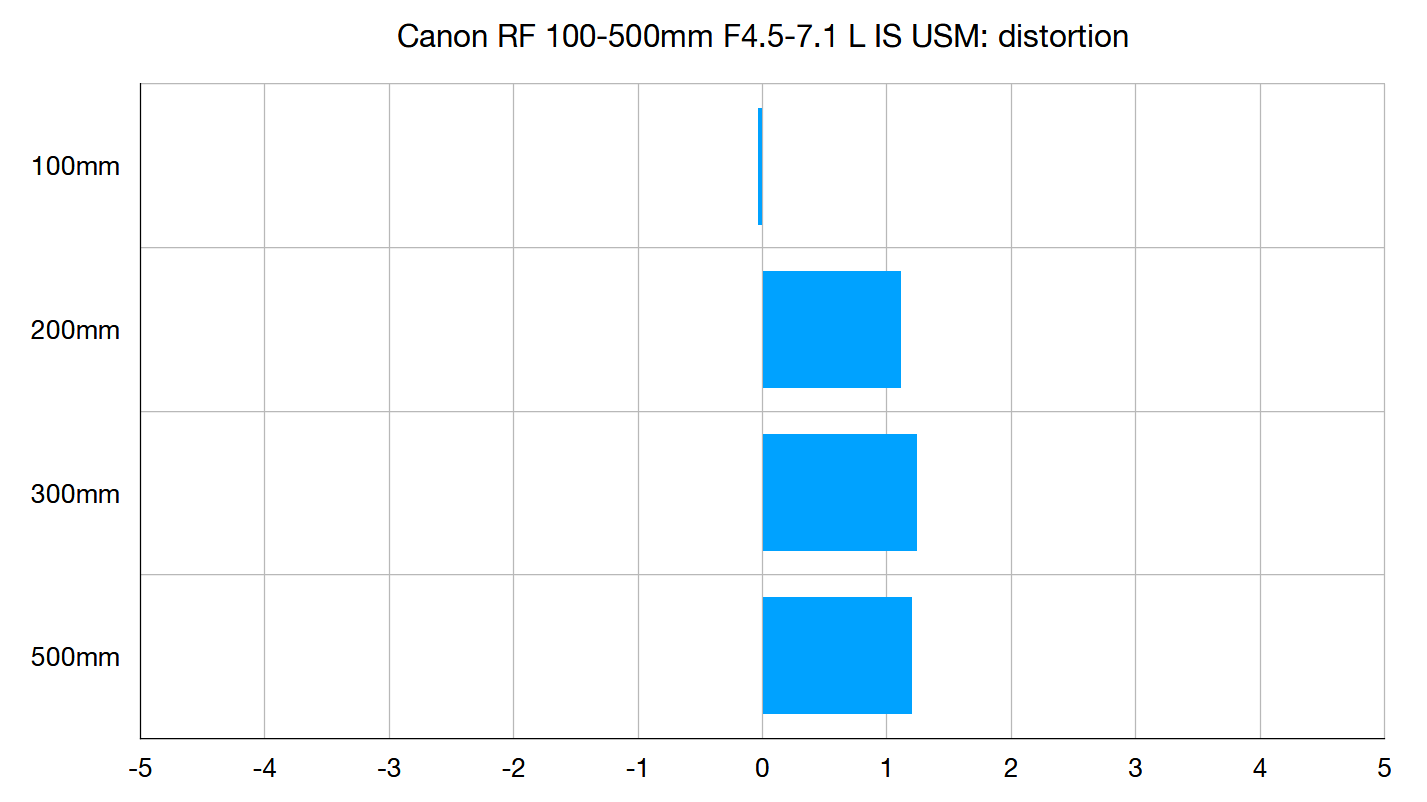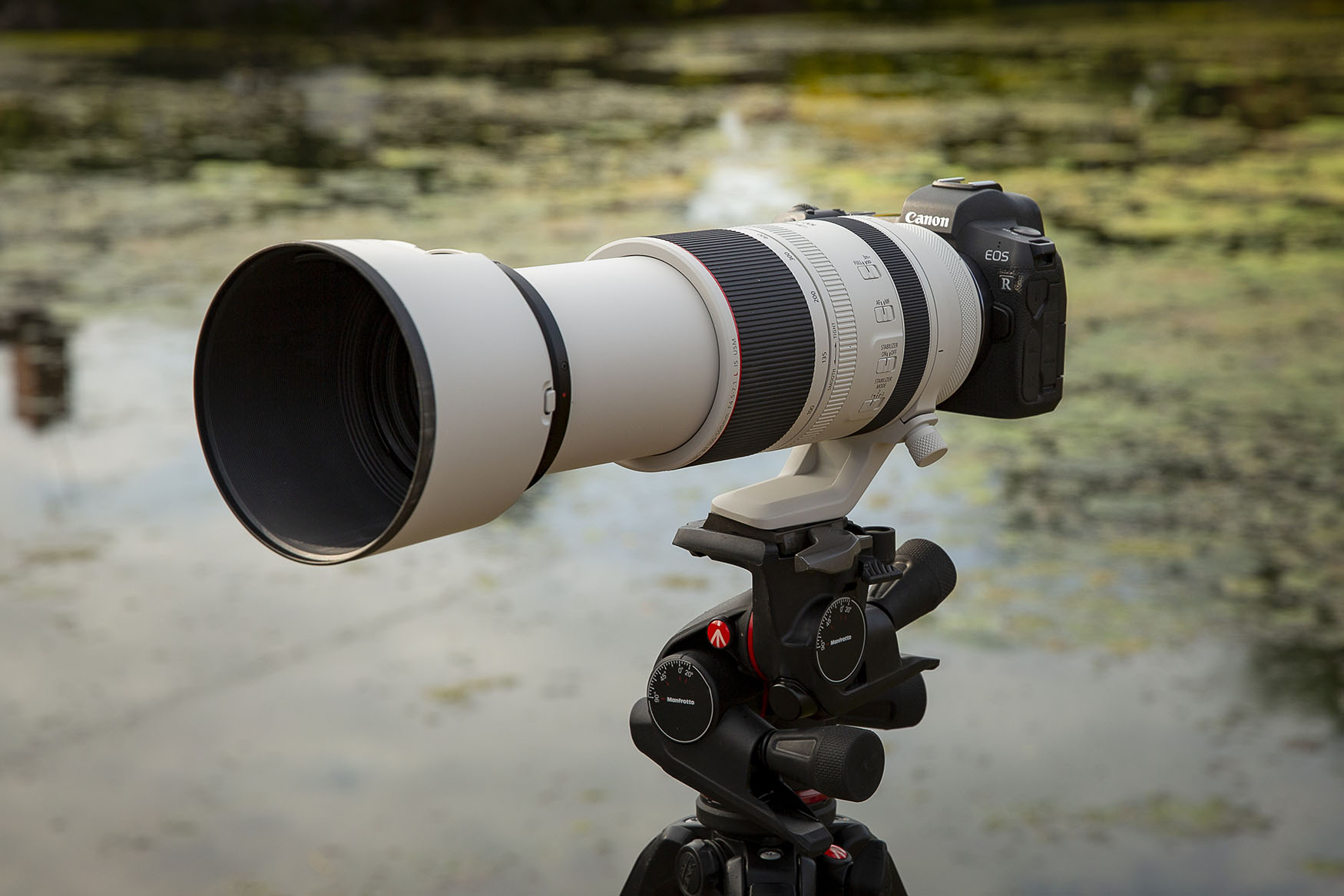Digital Camera World Verdict
The Canon RF 100-500mm is a superb addition to the rapidly expanding range of RF-mount lenses for Canon's EOS R-series cameras. It combines Canon's legendary L-series build quality with premium optical performance that's up there with the very best Canon zoom lenses we've tested. The only real drawback (apart from the hefty price tag) is you’ll need to shoot with this lens mounted on an EOS R5 or R6 to get the fastest AF performance.
Pros
- +
Stellar build and image quality
- +
Versatile focal range
- +
Excellent AF and IS when used on EOS R5 or R6
Cons
- -
Narrow max aperture
- -
Expensive
- -
Disappointing AF speed on EOS R and RP
Why you can trust Digital Camera World
The Canon RF 100-500mm f/4.5-7.1L IS USM is the first super-telephoto zoom lens for EOS R-system mirrorless cameras. It goes without saying this is a high-quality lens with its L-series build, and even has a heat shield coating for coping with shooting in challenging weather conditions, whether it’s hot or cold. Plus its 5-stop image stabilization will help you deliver sharp shots when shooting handheld with slower shutter speeds and in low light.
Specifications
Mounts: Canon RF
Full frame: Yes
Autofocus: Yes
Image stabilization: Yes
Lens construction: 20 elements in 14 groups
Angle of view: 24-5 degrees
Diaphragm blades: 9
Minimum aperture: f/32-54
Minimum focusing distance: 0.9-1.2m
Maximum magnification ratio: 0.33x
Filter size: 77mm
Dimensions: 93.8x207.6mm
Weight: 1530g
Key features
The 100-500mm focal length offers lots of flexibility to adjust your composition if your action subject’s distance is moving closer or further away. Like other Canon EF super-telephoto zooms, there’s a Smooth-to-tight ring to adjust how fast or slow you want to be able to zoom in and out; the latter, for instance, helps stop ‘lens creep’ if you’re pointing the camera and lens down between shots.
You should also get great image quality thanks to UD and Super UD lens elements and ASC (Air Sphere Coating) coatings for strong contrast and sharpness, and they help prevent flare and ghosting.
The RF 100-500mm also has a Dual Nano USM motor for smoother, faster and near-silent operation, plus a Lens control ring enables extra control over ISO, aperture and shutter speed via the lens.
See also: Canon RF 600mm f/11 IS STM review
• Canon RF 800mm f/11 IS STM review
Build and handling
It’s perhaps no coincidence and clever timing by Canon that the RF 100-500mm was released after the Canon EOS R5 and Canon EOS R6, as it’s a lens ideally suited to these cameras with their fast EVFs, 12fps / 30fps mechanical / electronic shutter high-speed rates, and hyper-intelligent autofocus mode for animal photography.
The best camera deals, reviews, product advice, and unmissable photography news, direct to your inbox!
Plus, the R5 and R6 both have next-generation IBIS (In-Body Image Stabilization), and with the RF 100-500mm you can increase the amount of IS stops from 5-stops to 6-stops when the lens and camera IS combine; this is useful when you’re shooting at 500mm and f/7.1 and light levels mean you can’t get shutter speed over 1/500 sec for sharp shots handheld.
Is it really worth it having a 100-500mm lens at all? The difference in how close you can frame between 100mm and 200mm is much more apparent in photography, however the difference between 400mm and 500mm isn’t so noticeable. Plus with the full-frame EOS R cameras and their larger file sizes, you can always crop afterwards anyway and can still be left with useable image sizes.
What about the narrower aperture range? The Canon EF 100-400mm f/4.5-5.6L IS II USM equivalent remains at f/5.6 at its longest 400mm focal length. While the Canon RF 100-500mm F4.5-7.1L IS USM stops down to f/7.1 at 500mm
It’s worth noting that even up to a focal length of around 350mm, you still get an aperture of f/5.6. It’s only when you’re over 400mm using the RF 100-500mm and shooting at 500mm that the aperture closes down to by ⅔-stop to f/7.1.
However, that still means slower shutter speeds when shooting around 400mm to 500mm. Thankfully Canon’s EOS R cameras enable you to up the ISO to achieve faster shutter speeds for shake-free shots at these longer focal lengths.
Regardless of the relatively narrow maximum aperture range, this is still a hefty beast of a lens. We had noticeable arm and hand ache after shooting for 20 mins handheld with the Canon EOS R (580g) and 100-500mm (1530g), despite it being a good way lighter than, say, the EOS 5D Mark IV (800g) and EF 100-400mm (1640g).
You can, of course, use the tripod mount ring on the lens to attach it to a monopod or tripod to take the weight (and help with sharper shots), but we often find for wildlife you need more freedom of movement. For sports cars racing on fairly predictable lines on the track, monopods/tripods can work much better.
Performance
Note: We tested the lens using the Canon EOS R for this review. Canon informs us that the latest firmware updates, Version 1.8.0 for the EOS R and Version 1.6.0 for the Canon EOS RP, offer performance improvements when the RF 100-500mm lens is used with these cameras. We haven't yet been able to test performance with the updated firmware, but results are likely to be better than experienced during our initial test.
Having a super-telephoto lens with a focal range from 100mm to 500mm is an incredibly useful tool, highlighted when we were photographing birds moving around. It meant we could fill the frame when birds were far away, but then zoom out to shorter focal lengths for braver birds who came closer.
We found focusing using either the EVF or via Live View could be a bit hit and miss when we tested the RF 100-500mm photographing birds which had dark plumage, or were back-lit and so contrast on them was hard to lock on too, however they were mostly stationary on land or water, and weren’t exactly moving quickly so the camera and lens had plenty of time to lock the AF.
We did find that always using the high-speed continuous drive mode (8fps on the EOS R), even when birds were on branches and not flying around, certainly improved the AF hit rate. We'd only really use the high-speed burst mode when wildlife is moving very quickly, but it seems the EOS R and RF 100-500mm gel better and focus quicker with that drive mode activated.
(FYI we also shot in Tv mode and Auto ISO, with a shutter speed generally around 1/1000 sec, and used the ‘Expand AF Area: Around’ set-up with for the bird photos.)
We had high hopes that this lens would perform as well as, if not better than, the Canon EF 100-400mm f/4.5-5.6L IS II USM lens – a lens we love using for great close-ups of faraway wildlife, and a lens we’ve used extensively throughout lockdown on Canon EOS DSLRs such as the 5D Mark IV, 7D Mark II and 6D Mark II.
But the RF 100-500mm felt very sluggish in comparison to EF 100-400mm when it came to focusing faster and bagging better birdie photos, meaning we missed more than we hit. However, this is perhaps more due to a DSLR’s superior optical viewfinders versus slower mirrorless EVFs and their lag/refresh times when it comes to focusing on action subjects.
It’s a whole different story when switching from the EOS R to the EOS R5 with its new and improved intelligent AF tracking for birds and animals, as well as people. We found that the AF system could instantly acquire and snap onto birds wherever they were in the frame, and track them with amazing speed and consistency. Our hit rate went up to practically 100 per cent, and AF proved every bit as good for kids, cats and dogs, running around the garden, even in very low lighting conditions.
Sample images
Lab tests
Sharpness:
The sharpness scores in the two graphs below are produced by shooting a monochrome test chart covered in multiple sharp boundaries between black and white. This image is then assessed by specialist software, with the extent of blur on the contrast boundaries at the centre, mid and edges of the image converted into a spatial frequency value to determine how many line widths per picture height the lens is capable of resolving. A higher spatial frequency corresponds to a greater number of finer lines over a given distance that the lens can resolve - this number is the sharpness score.
Center sharpness is simply excellent throughout the focal range and at all apertures up to f/11. Inevitably diffraction causes a small drop in center sharpness at f/16 and beyond.
Corner sharpness at shorter focal lengths is excellent at all commonly used apertures. It's not quite so sharp at larger apertures once you hit 300mm, and at full zoom corner sharpness drops off to more average levels throughout the aperture range, but certainly not to the point that images look in any way soft.
Fringing:
The chromatic aberration scores are calculated using the same chart we use for measuring sharpness. This time the processing software assesses the sharp black-white contrast boundaries and determines the width in pixels of the colour fringe that divides black from white - the larger the width of the fringe, the greater - and worse - the fringing score. A score below 1 indicates fringing so negligible that it's unlikely to be noticeable in real-world shooting. A poor result is anything above 3, and denotes fringing that could well be distracting when viewing shots at full size.
Aberrations aren't quite minimized to a point where they'd go completely unnoticed in real-world shooting, but at no focal length or aperture does fringing ever become even slightly distracting.
Distortion:
At the top and bottom of our lens test chart are horizontal black bars that run its full width. A lens that bulges these lines towards the edges of frame produces barrel distortion, the degree of which is indicated by a negative score. Shrinking (pincushion) distortion, usually produced by a telephoto lens, produces a positive score. The higher the number - positive or negative - the greater the distortion. A score of zero indicates no distortion.
At 100mm, the Canon RF 100-500mm produces no distortion whatsoever. At 200mm we can see slight pincushion distortion, and this remains consistent through the rest of the focal range, though you'll need to be a fan of shooting brick walls to see it in real-world use.
Verdict
The Canon RF 100-500mm is a superb addition to the rapidly expanding range of RF-mount lenses for Canon's EOS R-series cameras. It combines Canon's legendary L-series build quality with premium optical performance that's up there with the very best Canon zoom lenses we've tested. There is however a catch. To really get the most from the AF system - especially for accurate action shots - you’ll need to utilize the amazing AF and IBIS on the R5 or R6. Shoot with this lens on the older EOS R or RP and you can expect AF to be noticeably more sluggish, which is somewhat disappointing when you've just dropped big money on a lens like this.
Read more:
The best Canon telephoto lenses
The best budget telephoto lenses
The best lenses for bird photography
The best monopod: the perfect support for telephotos and low light
The former editor of PhotoPlus: The Canon Magazine, Peter has 18 years of experience as both a journalist and professional photographer. He is a hands-on photographer with a passion and expertise for sharing his practical shooting skills. Equally adept at turning his hand to portraits, landscapes, sports and wildlife, he has a fantastic knowledge of camera technique and principles.
He is the author of several published photography books including Portrait Photographer's Style Guide, and The Complete Guide to Organising and Styling Professional Photo Shoots with fellow portrait pro Brett Harkness.
Peter remains a devout Canon user and can often be found reeling off shots with his Canon EOS DSLR and EOS R mirrorless gear. He runs Peter Travers Photography, and contributes to Digital Camera magazine.


